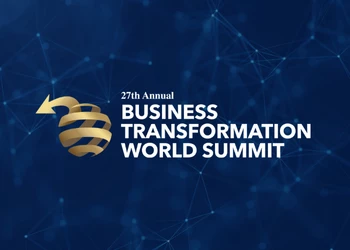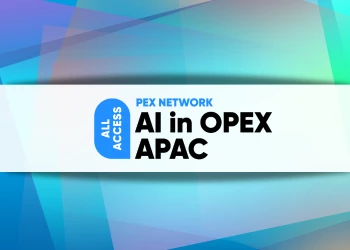The eyes don't lie, writes Jeff Cole in this month's column. Watch carefully where your executive team is focused, and you'll discover some tricks on how to make change management happen yourself.
What do magicians do that the rest of us don’t? They pay very careful attention to where their audience looks. For the magic to happen they need you looking in a very specific place. They are masters at directing your attention toward the right hand while the left is engaged in the mechanics of making the trick happen.
In neuro-linguistic programming a great deal can be learned by watching someone’s eyes. For example, when you respond to the question "How many letters are there in the word Washington" where do you look? That information would reveal a great deal about your thought process to someone trained in NLP.
Back in the early nineties, one of my organizational change instructors mentioned a study where someone showed a SWOT matrix to a number of executives and studied at which quadrant they first looked. (For those not familiar with SWOT it stands for Strengths, Weaknesses, Opportunities, and Threats. It is a 2x2 matrix used in strategic planning.)
In strategy, a SWOT matrix is pretty important and this piece of information could (supposedly) open up some insight into how that executive thought. Armed with that information it would allow us as change agents to adjust our communication patterns with that person to best get across our messages.
Before I reveal the results, try this experiment yourself. Close your eyes and then scroll down so you can see the picture of the SWOT matrix in full screen. As you open your eyes pay careful attention to which quadrant you are first drawn to.
When I first heard this, I was convinced that in an English-speaking country executives would first look at the upper left (Strengths) quadrant. After all, we read from top to bottom and from left to right, so that made sense to me as the natural default starting position. I still believe that to be true for most people looking at a SWOT without context. However, executives have context – they are well aware of what they are looking at. The results of the executive experiment indicated that a majority were first drawn to the Threats quadrant (bottom right). Interesting – could it be that the executives were action-oriented by nature and the Threats indicated those items most in need of immediate action for survival let alone success? That’s just one theory, but we can use the outcome of this experiment to our advantage.
In earlier columns we’ve talked about the use of vision and burning platforms in our communications. This experiment seems to endorse the use of both and would indicate that we should perhaps reinforce (or even lead with) the burning platform when communicating with executives, especially in a strategic context. A burning platform can be considered the compelling reason to engage in a change. Consider it to be the "bad things" that will happen to use if we don’t change now. The burning platform correlates best to the "Threats" portion of the SWOT matrix. If executives are naturally hard-wired to be curious about this and it’s high on their agenda, we as change agents should be well prepared to address it early on in any executive dialogues. While not an earth-shattering method, often a small tactical practice such as this is just enough to do the trick and help engage your executive sponsors.
To learn more about burning platforms and change communications, please reference these earlier columns: How Hot is Your Platform? and Visioning & Burning Platforms – Know Your Audience.




















